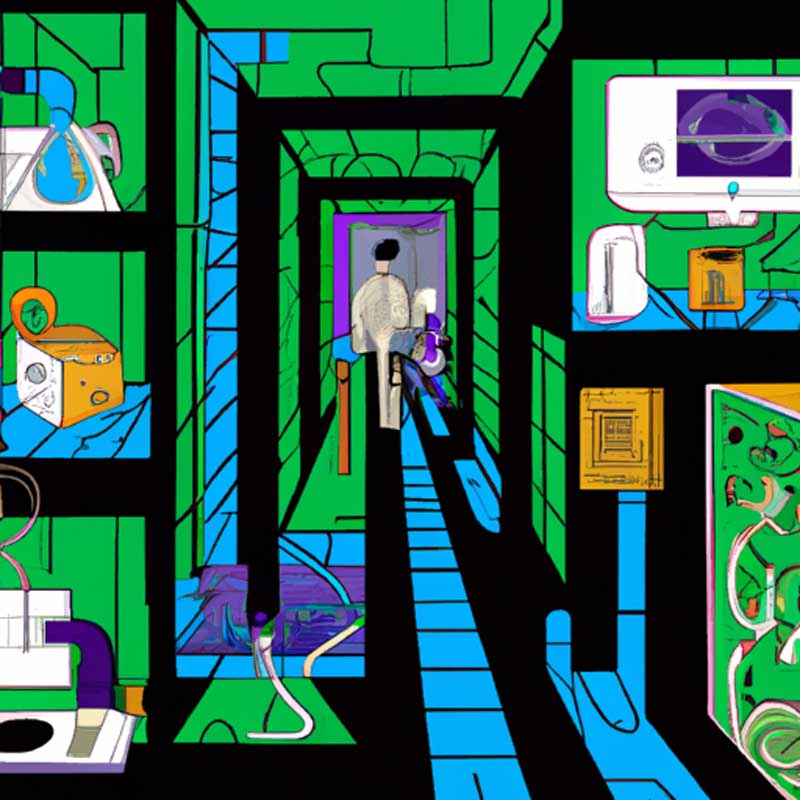Key Points:
- More restaurants are turning to kitchen automation to improve efficiency
- Consumers are hesitant about restaurant automation
Throughout 2023, restaurants have been increasingly adopting kitchen automation technologies to improve efficiency in their back-of-house operations. However, consumers have shown resistance to the increasing automation of the restaurant industry. Despite this hesitation, several major restaurant chains and smaller brands are embracing robotics technology to streamline their processes.
Chipotle, for example, announced in October that it was partnering with automated food service platform Hyphen to test a “cobotic” digital makeline. Meanwhile, Sweetgreen, a fast-casual chain, expects to have all of its locations automated within the next five years. Additionally, Chipotle founder Steve Ells has been developing his automation-powered concept Kernel, which aims to operate small-footprint locations with only three human employees.
Smaller brands are also joining the automation trend. Miso Robotics, in partnership with Cali Group and PopID, recently announced the opening of an automated burger restaurant in California. Another example is Mamma Ramona’s, a pizzeria in California, which has combined various automation technologies to boost its pizza-making efficiency.
However, despite the growing adoption of restaurant automation, consumers remain skeptical. According to a PYMNTS Intelligence survey, only 33% of men and even fewer women are interested in visiting a restaurant that uses robotics. Concerns about food quality, accuracy, and job displacement for human workers contribute to this hesitation. Another survey also revealed that only 37% of consumers believe that more technology inside of restaurants leads to better customer service.
While there have been cases where consumer response to automation has been positive, such as when technology replaces traditional vending machines, the overall hesitation remains. Geoff Henry, former president of Jamba, noted that the progress of the restaurant’s automated smoothie shops partnership with Blendid has been mostly positive. Younger consumers, in particular, have shown openness to trying new technologies in this context.
The challenge for restaurants moving forward is to drive consumer adoption and loyalty. The technology may be innovative and efficient, but it needs to be proven by demand and sales volume. Building trust and addressing consumer concerns surrounding food quality and job displacement will be critical for the success of restaurant automation in the future.
